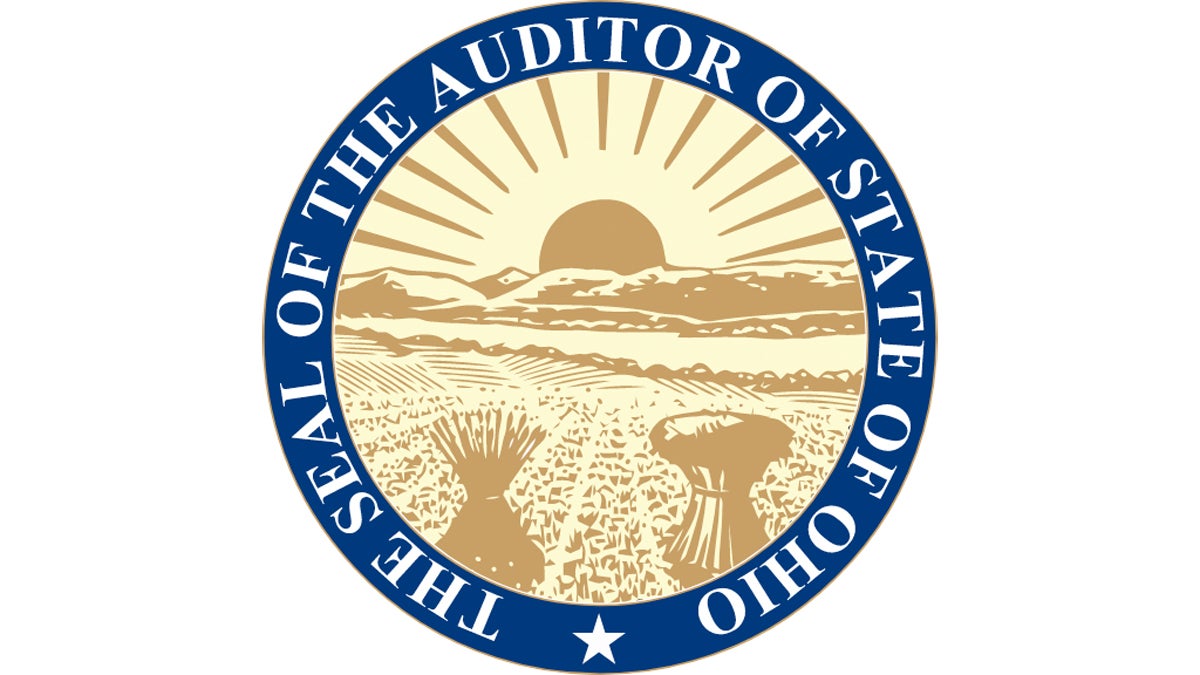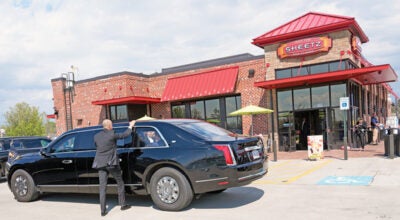Ironton students get first-hand look at surgery via interactive Web cast
Published 10:04 am Thursday, February 25, 2010
It was undoubtedly the closest the students will get to performing surgery while they are still in high school.
With the help of technology and a willing patient, students at Ironton High School got to sit in on a knee surgery Wednesday morning.
The operation, which was optional for students, was shown as it happened via an interactive web cast from Mount Carmel Hospital in Columbus through a program with the Center for Science and Industry.
Seven schools from Ohio and New York were involved in the web cast.
“They were horrified but also intrigued at the same time,” Kimberly Kelly, a science teacher, said of the students.
This year was Kelly’s first time watching the surgery, though her colleague, Linda Gagai, has been doing it for about 10 years now.
“We can learn from the textbook but this was something taking place live and we were a part of it,” Gagai said. “It let us be in the operating room today.”
Students from the school’s anatomy and physiology class as well as the health tech satellite program from Collins Career Center got to see the surgery live and ask questions of the doctors and nurses throughout the operation.
Superintendent Dean Nance said the program highlights how much education has changed with advanced technology.
“It showed me how much education has changed,” said Nance, who got to sit in on the surgery as well, said. “It’s just really opening the door to allow students to be a part of things that they could only read about.”
The students, all juniors and seniors, watched the surgery at the elementary school using Smart Boards, a technology that the current high school building does not have but the new building will have.
Before this year, the students watched the surgery using a 52-inch television screen and cameras.
That set-up made viewing difficult, as students had to be in one classroom, gathered around the television.
“It was outdated,” Gagai said of the technology. “Now with the new Smart Boards, we were able to increase the viewing area and allow more participation.”
With the new Smart Boards, the surgery was broadcast in two classrooms to double the number of students that had previously been able to watch.
“It’s phenomenal,” Kelly said of the Smart Boards. “I can’t wait to get one next year.”
The program was paid for by the high school and Collins Career Center.
While many of the students had already planned to pursue careers in the medical field, Gagai said that this experience helped them learn about the various opportunities that are associated with the surgery — from the surgeon and the nurses, to the anesthesiologist and the person who sold the prosthetic knee.
While many students say they want to be a surgeon, they may be unfamiliar with some of the other jobs, Gagai said.
“There may be something else that intrigues a student,” she said.
During down times the students got to hear the medical professionals discuss specifics about their jobs like how much education the occupation requires and how much it typically pays.
For Darren Dalton, a senior anatomy student, watching the surgery helped solidify his career choice as a nurse.
“It was really interesting,” he said. “Really cool to watch.”





